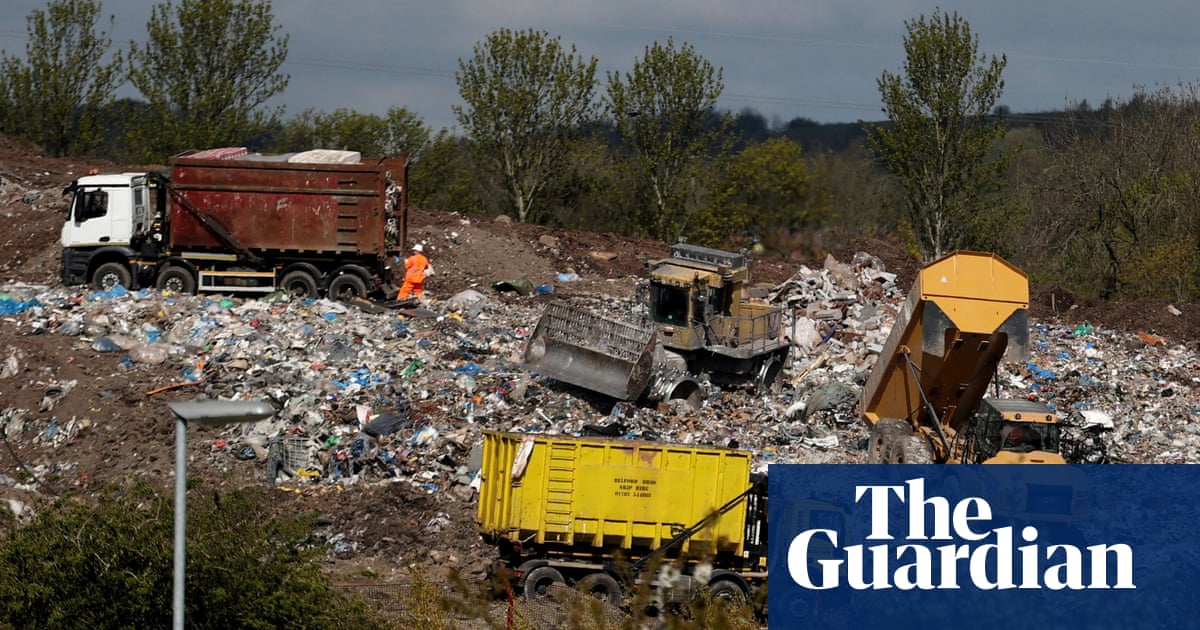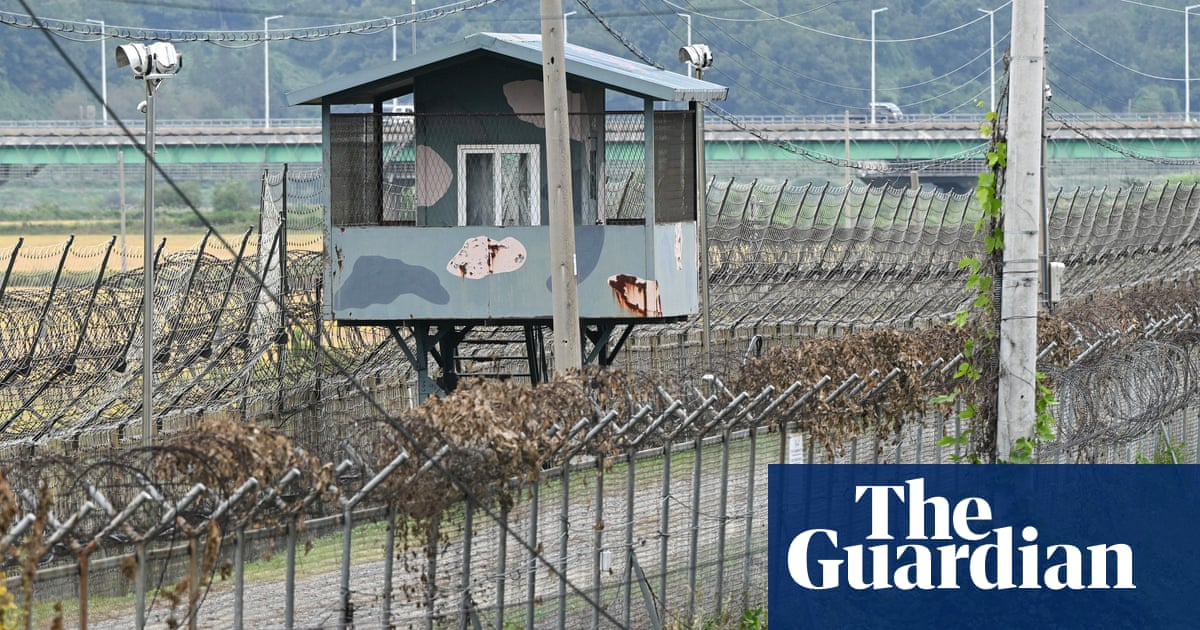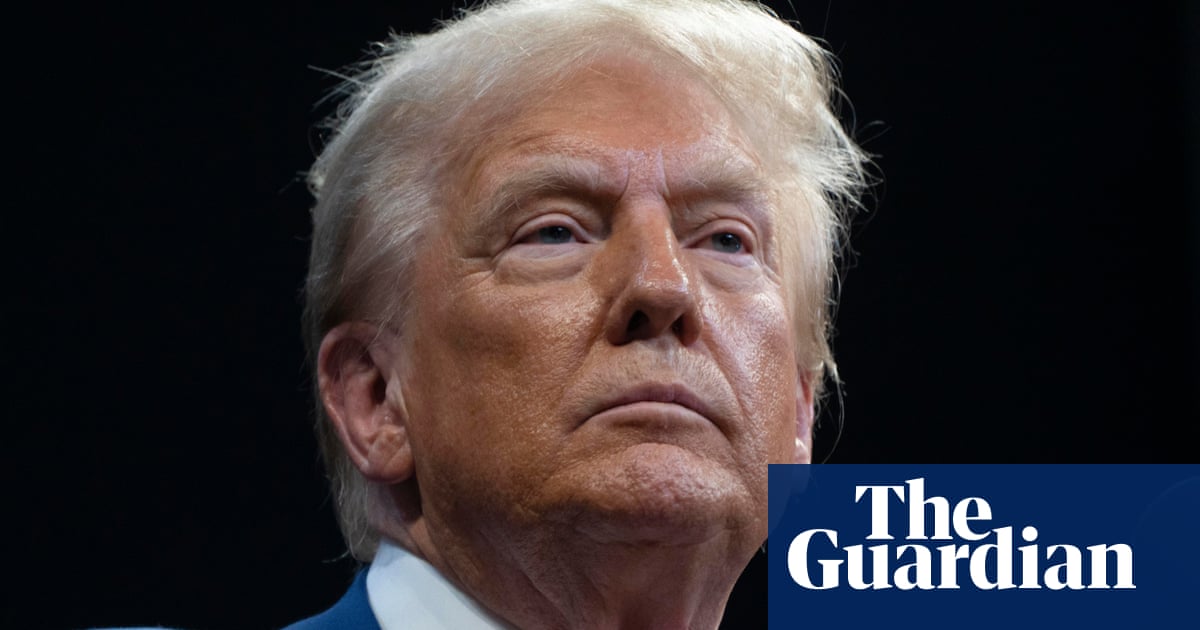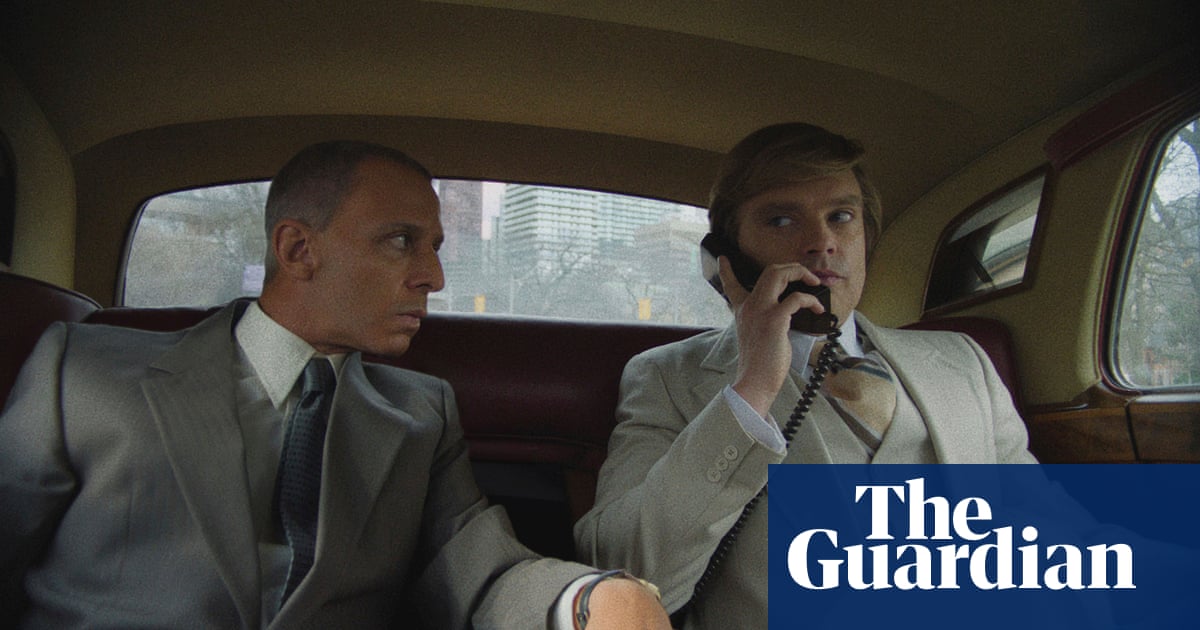The number of sites identified as potentially having been polluted with banned cancer-causing âforever chemicalsâ in England is on the rise, and the Environment Agency (EA) says it does not have the budget to deal with them.
A former RAF airfield in Cambridgeshire and a fire service college in the Cotswolds have joined a chemicals plant in Lancashire and a fire protection equipment supplier in North Yorkshire on the agencyâs list of âproblem sitesâ for per- and polyfluoroalkyl substances (PFAS).
In total, according to a report compiled for the agency, there could be more than 10,000 locations in England contaminated with PFAS â substances that have been linked to a wide range of diseases including cancers, and which do not break down in the environment, earning them the nickname âforever chemicalsâ. But to date the agency is only taking action on four sites.
Banned PFAS were widely used in firefighting foams, which could explain why the area around the former RAF base, now the Fire Service College in Moreton-in-Marsh in Gloucestershire is on the agencyâs âproblem siteâ list. Elevated concentrations of PFAS in the surface water are being investigated by the EA.
Also on the list is Angus Fire, a fire protection equipment supplier in Bentham, North Yorkshire, where high levels of PFAS have been found and where the company says it has been testing for a number of years. Angus has said: âWe no longer manufacture or test any PFAS-containing foam products at Bentham, or anywhere else in the world.â
The EA is also inspecting the Imperial War Museum at Duxford in Cambridgeshire, which used to be an RAF base, at the request of South Cambridgeshire district council. In 2022 the Guardian revealed drinking water in the area had been contaminated with PFAS.
A museum spokesperson said no banned substances were knowingly used anywhere across the estate. âWe are tested and checked by Cambridge environmental health services and our firefighting team no longer trains with foam as we are aware of the sensitivity of the aquifer that sits below IWM Duxford. We continue to support the relevant water companies and agencies as they monitor the water supplies near the Duxford site.â
Investigations are also under way at the site of AGC Chemicals in Thornton-Cleveleys in Lancashire, after the Guardian and Watershed Investigationsâ work uncovered very high concentrations of a banned PFAS called PFOA in effluent discharging into the protected River Wyre. AGC has said it does not âuse or manufacture PFOA ⦠any PFOA in the effluent may have come from historical usage at the siteâ.
Correspondence between the EA and the Department for Environment, Food and Rural Affairs (Defra), seen by the Guardian and Watershed, reveals the agencyâs âfearâ about not being able to afford the investigation and risk assessment work at the four sites.
In an email sent to Defra in May, the agency says there are âfunding pressures this year to take on all the inspection work we have been asked to doâ relating to âPFAS and the two new potential site inspection requests we have accepted for AGC and Duxfordâ.
âThese are the first requests we have had for many years and the very high cost of analysing for PFAS is beginning to get frightening,â the agency wrote. The âballpark estimate of costs to carry out ⦠investigations on four PFAS problem sites ⦠has just come out at between £1.8m-£2.7m. We arenât planning to spend anything like [that], certainly not immediately but it does put the total value of our contaminated land budget of £300k plus £200k from [the chemicals funding stream] into context.â
These figures do not include estimates for cleaning up the sites, which would only fall to the EA if the polluters cannot be found and current landowners are not held liable.
Dr Shubhi Sharma from the charity Chem Trust said: âIt is quite right that the Environment Agency is flagging their lack of resources and the huge costs of monitoring for PFAS across what could be thousands of PFAS-contaminated sites across England. These costs do not even consider the further expense of removing these forever chemicals from our soil and water.
after newsletter promotion
âThe Environment Act sets out the importance of the polluter pays principle. The chemical industry in England should be putting its hands into its pockets and financially contributing to the vast costs that society and nature are facing. We must also make sure that we stop adding to this pollution burden, and the UK government needs to urgently act to ban these chemicals at the source.â
Historic landfills make up the bulk of the 10,000 sites that could also be causing pollution, according to the agencyâs report, followed by wastewater treatment works, heavy industry, and fire stations and airports where PFAS-laden firefighting foams were also widely used.
Unused foams containing banned PFAS are stockpiled around the country. According to data obtained by the Guardian and Watershed from the previous government, the EA has registered more than 800 tonnes of PFOA- and PFOS-containing foams stockpiled in England.
A spokesperson for Defra said the government had âalready begun investigating whether to restrict PFAS in firefighting foams and will set out more detail in due courseâ, adding that it had ârecently announced a rapid review of the environmental improvement plan to deliver on our legally binding targets to save nature and this includes how best to manage chemicals, including the risks posed by PFAS.â
An EA spokesperson said the agency was undertaking a âmulti-year programme to better understand sources of PFAS pollution in England. We are collaborating with several partners, including local authorities, to improve our evidence base and to assess and manage any environmental risks.â
The Fire Service College did not respond to requests for comment.









